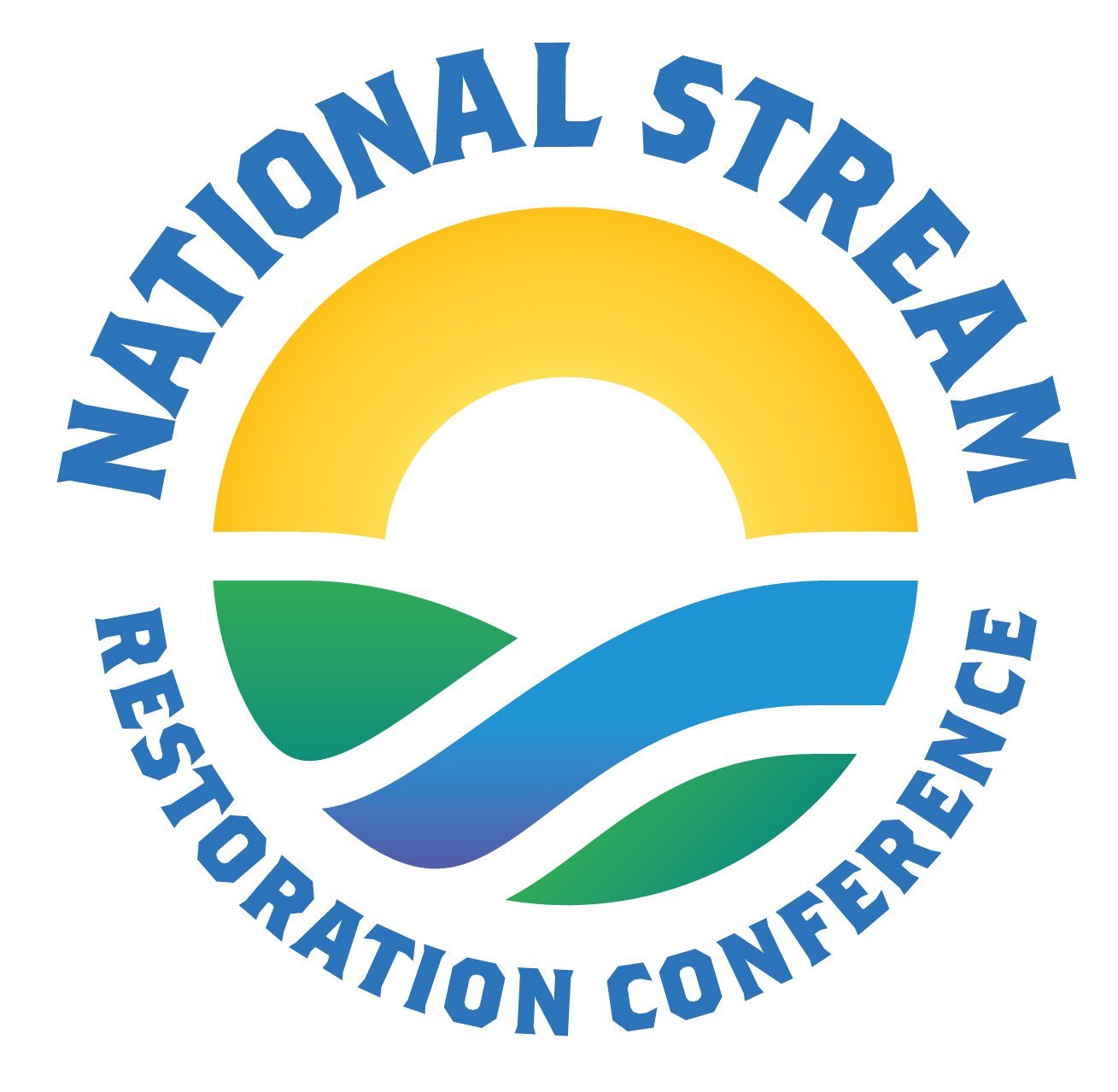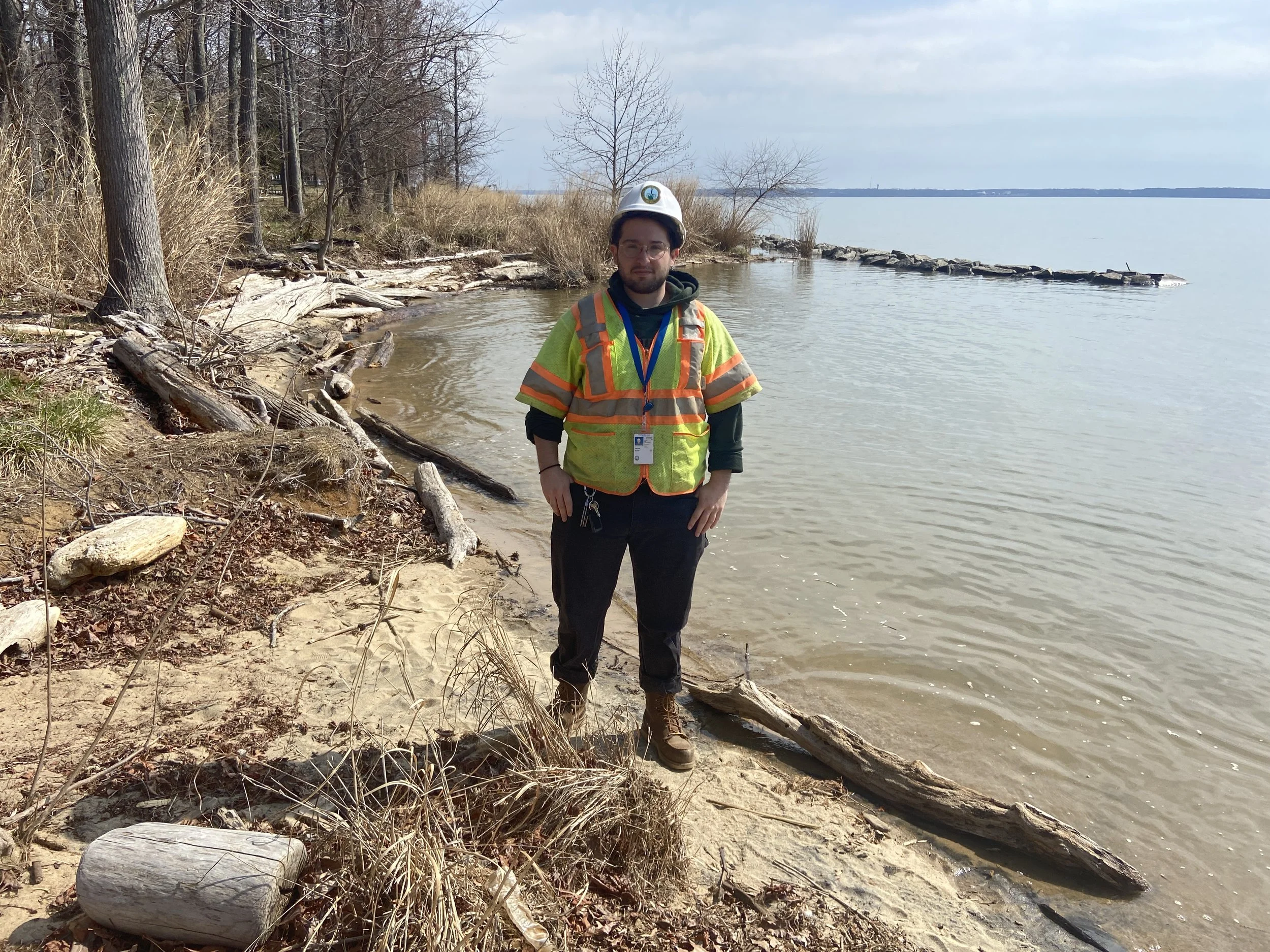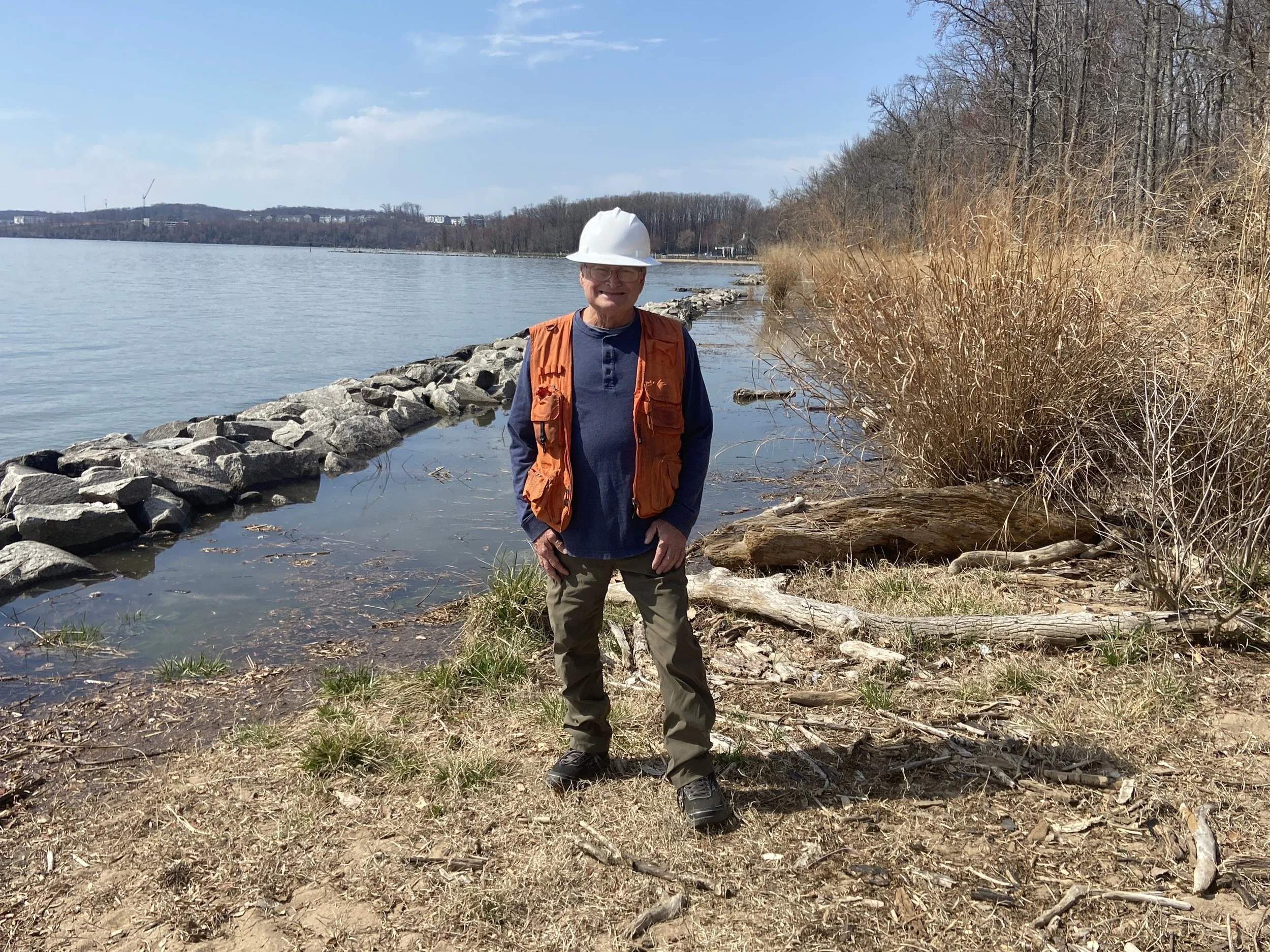Utilizing eDNA in Freshwater Stream Assessments for Mussel Introduction
Elliot Foster
Tom Dombrowski
Prince William County Dept. of Public Works, Environmental Management Division
Woodbridge, Virginia
Authors: Dombrowski, T., Foster, E.
In partnership with the National Fish and Wildlife Service, George Mason University, and the Northern Virginia Regional Commission, Prince William County plans to introduce freshwater mussels into completed stream restoration projects flowing into Potomac. The primary goal of this effort is to improve water quality in local watersheds and the Chesapeake Bay using the mussels’ natural filtration of nitrogen, phosphorus, sediment, E. coli, and other pollutants.
Restored streams selected during the site assessment process are stable and unlikely to be disturbed in the future. They have suitable physical habitat, hydrologic conditions, and water chemistry.
Fish diversity is another important factor in stream selection. The county is looking for specific host species required for parasitic mussel larvae to metamorphosize into juveniles. For this process to occur, the right hosts for the selected mussels must be present on-site to establish self-sustaining populations. It is also necessary to find any preexisting mussel populations in the creeks. Field assessments alone such as electroshocking fish may produce incomplete results, so the County is using environmental DNA (eDNA) analysis to assist in the process.
Analyzing eDNA involves sending stream water filter samples to a lab that extracts the eDNA, runs it through a genetic database, and generates a list of any organisms that shed DNA into the water column where it eventually flows through the sample location. Using this method alongside electroshocking provides a more complete inventory of existing fish.
The Prince William County Mussel Introduction provides an opportunity to discuss eDNA as a cost-effective method to use in addition to traditional field assessments.
About Elliot Foster
Elliot Foster is an Environmental Analyst for the Prince William County Department of Public Works. His passion for freshwater ecology was sparked by aquarium keeping and childhood fishing trips with his father. He joined the stream restoration team of the Environmental Management Division as an intern from George Mason University, then was hired full-time after graduating with a BS in Environmental Science and Policy in 2023. Elliot is proud to serve the community he grew up in by monitoring and maintaining completed stream restorations, and by assisting his mentor Tom Dombrowski as they find innovative ways to improve local ecosystems. In his spare time, he volunteers with the Virginia Master Naturalist Program's Central Rappahannock Chapter at Widewater State Park.
About Tom Dombrowski
Thomas E. Dombrowski is a Senior Environmental Analyst with Prince William County Department of Public Works Watershed Branch. He currently is the County Wetland/Stream/EA Specialist.
Mr. Dombrowski is the County Stream Restoration Program Manager, responsible for the Preliminary Engineering of project design, plan review, permitting, secures grant funding for project construction and project manager of construction of the many Public Works stream restoration projects.
Mr. Dombrowski is the County Liaison to the Prince William County Tidal Wetlands Board and the lead in tidal wetland regulatory/permitting and enforcement process.
Mr. Tom Dombrowski is the leader in the development of innovative projects. Tom is the project manager of the first living shoreline project constructed in Northern Virginia at Leesylvania State Park and the Manager of the new freshwater mussel restoration program.


